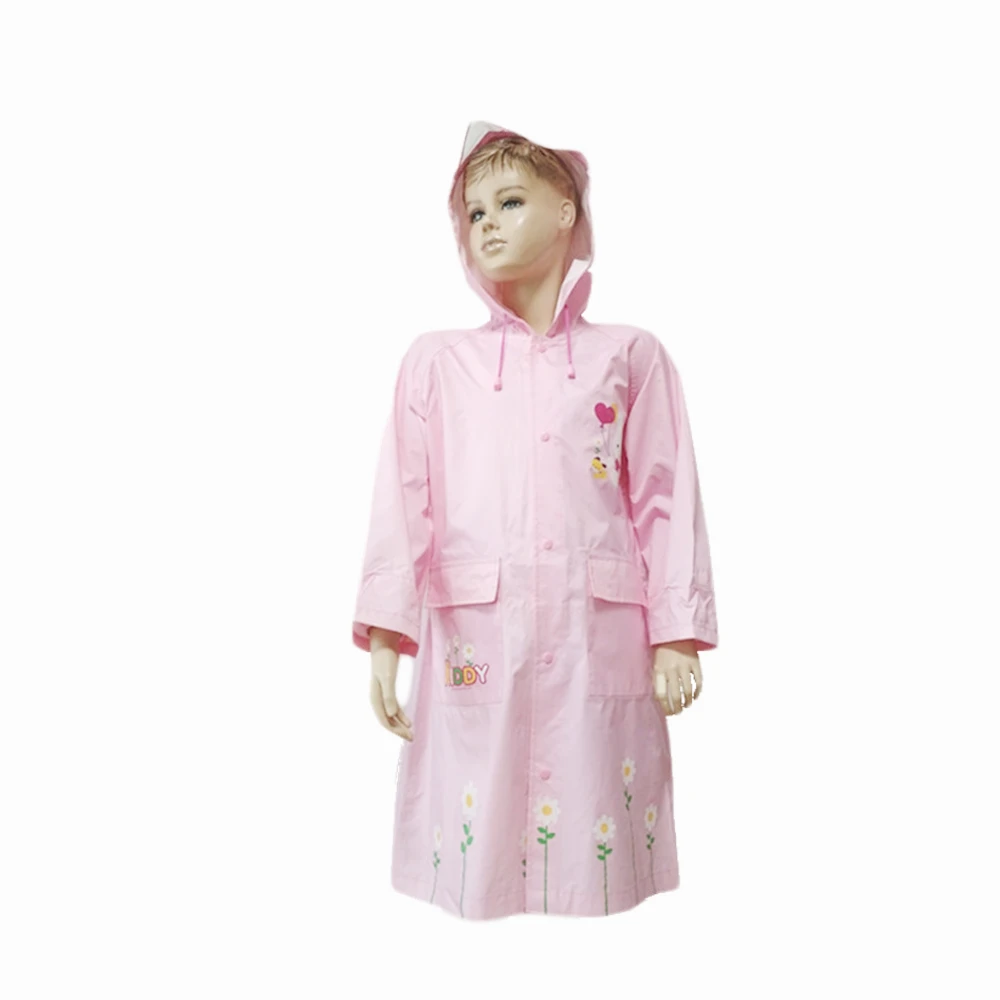 rainwears@163.com may@may-rain.com
rainwears@163.com may@may-rain.com Mon to Friday: 8.00 am - 7.00 pm
Mon to Friday: 8.00 am - 7.00 pm
Choosing the Right Material for Your Raincoat for Ultimate Protection and Comfort
Exploring Raincoat Materials A Guide to Staying Dry and Comfortable
When it comes to rainy days, a reliable raincoat can be your best friend. With advancements in textile technology, raincoat materials have evolved significantly to cater to various needs, preferences, and environmental conditions. Choosing the right material is essential for staying dry, comfortable, and stylish. In this article, we will explore the most common materials used in raincoat production and their unique characteristics.
1. Nylon
Nylon is a popular choice for raincoats due to its durability and water-resistant properties. It is lightweight and often treated with a DWR (Durable Water Repellent) finish, which helps repel water and keeps the fabric dry. Nylon raincoats are easy to pack and carry, making them ideal for travelers. However, one downside is that nylon can sometimes lack breathability, causing discomfort in warmer conditions. To mitigate this issue, look for nylon fabrics that incorporate ventilation features or mesh linings.
2. Polyester
Like nylon, polyester is another synthetic fabric widely used for raincoats. It offers excellent resistance to water and UV rays, making it a practical choice for outdoor activities. Polyester raincoats can be designed for different types of weather, from light showers to heavy downpours. Some varieties are even made with recycled materials, appealing to eco-conscious consumers. Moreover, polyester tends to hold color well, ensuring your raincoat stays vibrant even after multiple washes.
3. Gore-Tex
For those seeking high-performance rain protection, Gore-Tex is a premium material that delivers on both waterproofing and breathability. It features a unique membrane technology that allows moisture vapor to escape while preventing water from entering. This makes Gore-Tex an excellent choice for outdoor enthusiasts engaged in activities like hiking, skiing, or climbing, where they need to stay dry and comfortable over extended periods. While Gore-Tex raincoats can be pricey, their long-lasting performance justifies the investment for many.
4. Waxed Cotton
raincoat material

For a blend of classic style and practicality, waxed cotton is a fantastic option. Often associated with traditional outdoor gear, waxed cotton is naturally water-resistant and breathable. The wax coating creates a barrier against rain while allowing the fabric to age beautifully, developing a unique patina over time. However, it requires periodic re-waxing to maintain its waterproof qualities. Waxed cotton raincoats appeal to those who appreciate vintage aesthetics and want a versatile jacket that transitions well from urban settings to countryside adventures.
5. PVC and Vinyl
For those on a budget or seeking a more affordable alternative, PVC (polyvinyl chloride) and vinyl raincoats offer decent waterproofing at a lower price point. These materials are fully waterproof and ideal for light rain. However, they can lack breathability, leading to discomfort on warmer days. If you opt for a PVC or vinyl raincoat, consider models with ventilation openings to reduce moisture build-up inside.
6. Softshell Materials
Softshell raincoats are designed for mild weather conditions, providing a balance between water resistance and breathability. Made from a blend of fabrics, softshell materials are stretchy and comfortable, making them great for active use. While they may not be suited for torrential downpours, they can handle light rain and provide excellent wind resistance. Ideal for joggers, cyclists, and hikers, softshell jackets often feature pockets, adjustable hoods, and other functional elements.
Conclusion
Selecting the appropriate raincoat material depends on your lifestyle, climate, and intended use. From the high-performance capabilities of Gore-Tex to the classic appeal of waxed cotton, there is a suitable option for everyone. While considering the features of each material—such as waterproofing, breathability, and durability—take the time to evaluate how these characteristics align with your personal preferences and outdoor activities.
Embracing the right materials not only ensures you stay dry during unexpected rain showers but also allows you to enjoy the outdoors with confidence and style. So the next time you're caught in the rain, you'll be prepared, stylish, and comfortable in your carefully chosen raincoat!
-
Silver Printed Women’s Jacket – Stylish, Lightweight & Trendy Outerwear
NewsJul.30,2025
-
Fashionable Design Long Raincoat Rain Poncho Waterproof Polyester
NewsJul.30,2025
-
High Lighting Reflective Rain Jacket Windbreaker Safety Jacket for Adult
NewsJul.29,2025
-
Disposable PE Rain Poncho - Lightweight, Waterproof, Easy to Carry
NewsJul.29,2025
-
Stylish Lady Coat Women Jacket – Trendy & Elegant Outerwear
NewsJul.29,2025
-
Full Printing 100% Waterproof Wearable Striped Polyester Fashion Windproof Raincoat
NewsJul.29,2025































